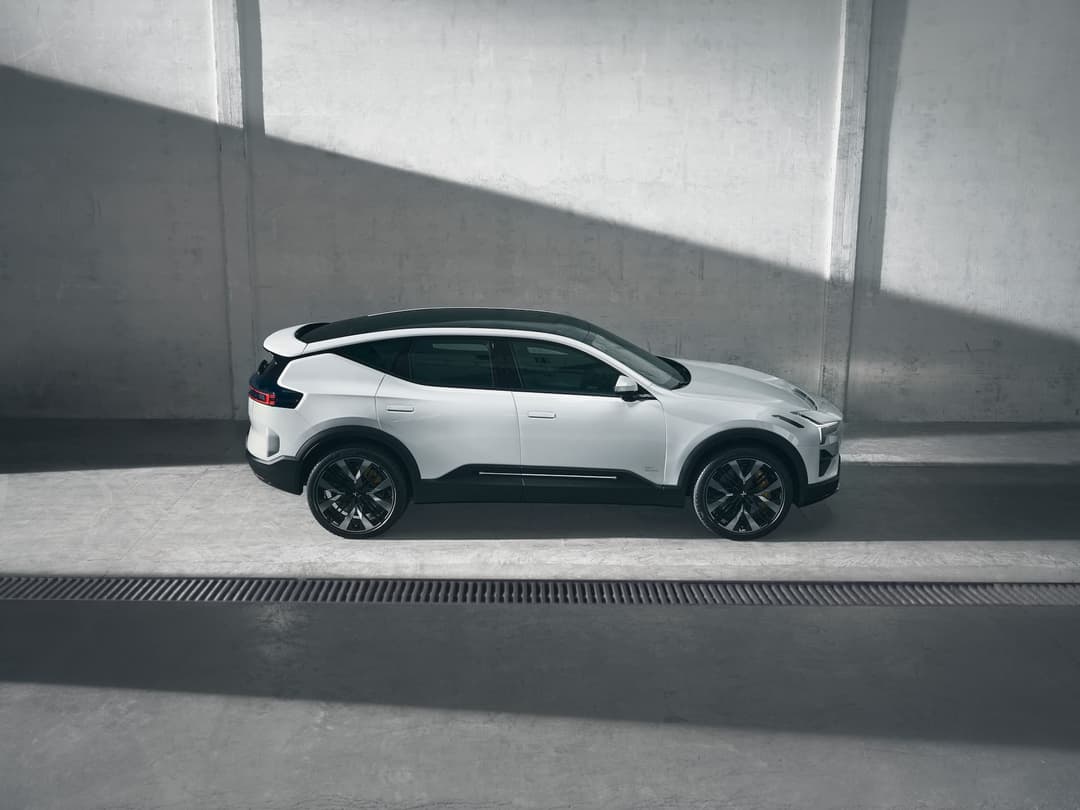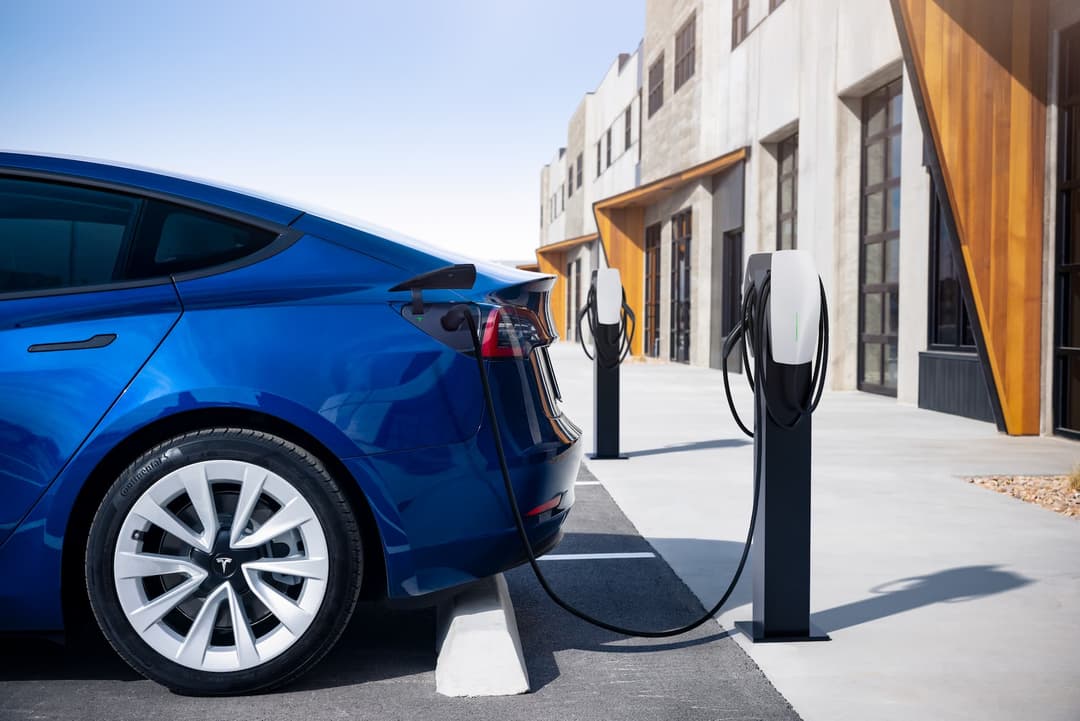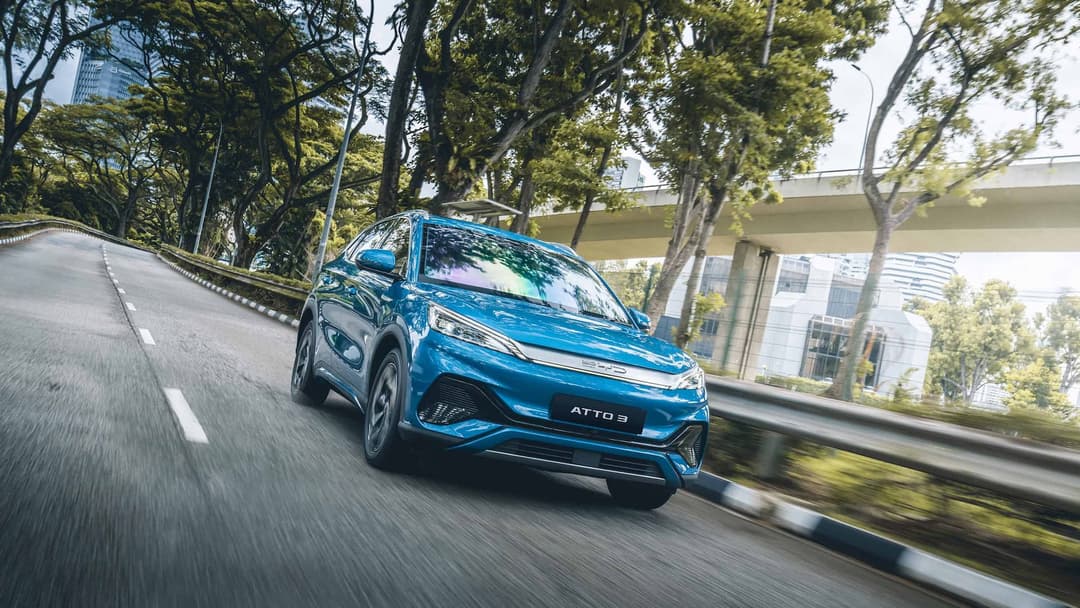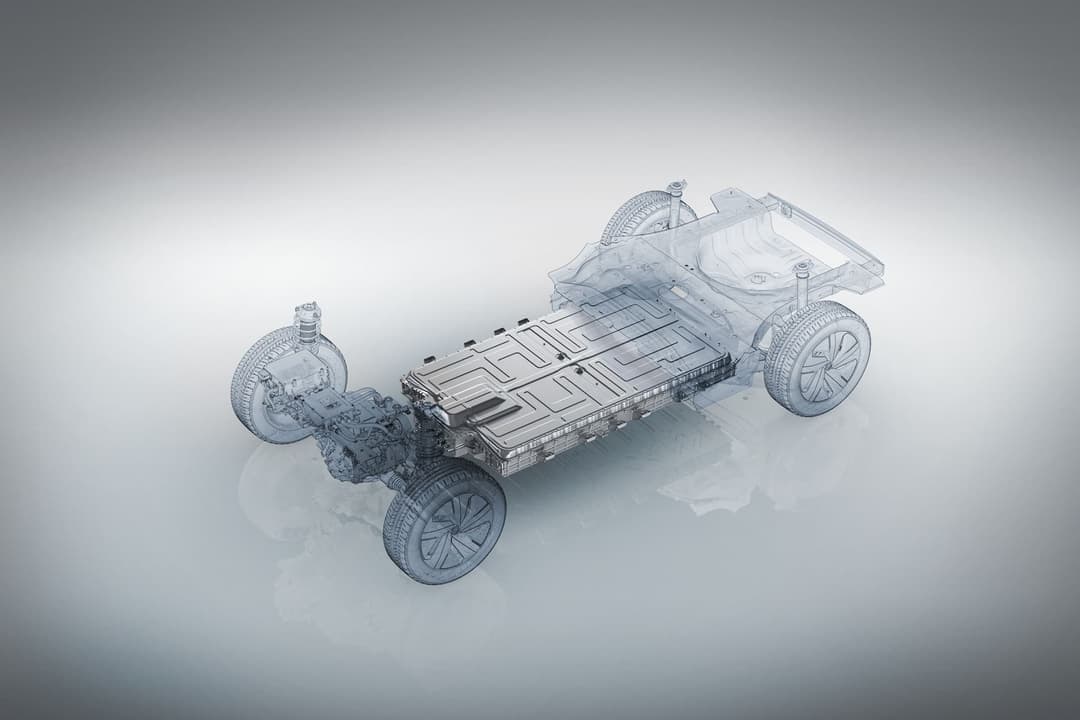
Key Points
- Different battery chemistries have their pros and cons
- NMC/NCA: better energy density and cold weather performance, but more expensive
- LFP: cheaper, more sustainable, safer and longer life cycle, but heavier and less range
Not all electric vehicle (EV) batteries are created equally. Differences in electric car batteries range from cell types to chemistries, with the latter having the most relevance in everyday use.
We are seeing increasing diversification of battery chemistries across electric car models, with different chemistries being used based on price, driving range and performance needs.
High-voltage batteries make up a significant portion of EV manufacturing costs due to the laborious extraction of the raw materials required, resulting in higher upfront costs compared to petrol equivalents.
According to Citi Global Perspectives and Solutions, batteries comprise about one-third of total manufacturing costs (chart below)– but this proportion increases with larger battery sizes.
However, a number of new developments are alleviating the cost barrier, accelerating the total cost of ownership ‘break even’ point with combustion cars, improving driving range, and battery longevity.
Gone are the days of lead-acid batteries; most EVs today feature either lithium-ion NMC, NCA, or lithium-ferrous LFP chemistry batteries. But what are their advantages, disadvantages and which should you choose in your next electric car?
Which EV models have a LFP, NMC, NCA battery?NMC batteries

✅Pros
- Higher energy density (more driving range)
- Faster charging performance in cold climates
❌Cons
- More expensive, primarily due to lithium and cobalt
- Shorter cycle life than LFP, higher thermal runaway risk
- Uses environmentally unsustainable raw materials
Nickel-manganese-cobalt (NMC) batteries are the most common form found in EVs today, ranging from the Nissan Leaf to Mercedes-Benz EQS.
As the name suggests, the cathode end of the battery is typically composed of 33 per cent of each nickel, manganese and cobalt.
NMC batteries are beneficial because of its higher energy density (more driving range) and is less sensitive to low temperatures, meaning it can charge faster in cold climates.
But, the use of cobalt and nickel are environmentally unsustainable, have been attributed to unsustainable and unethical mining practices in developing countries, and are expensive – making NMC packs pricier than LFP per energy unit.
Car manufacturers typically recommend owners to only charge NMC batteries up to 80 per cent to avoid long-term degradation effects. Some other automakers such as Polestar recommend a 90 per cent limit. Full charging should only be occasional when needed during long road trips, for example.
For specific charging recommendations from each manufacturer, check out our electric car model database.
NCA batteries

✅Pros
- Higher energy density (more range)
- Doesn't use unsustainable manganese
❌Cons
- Still expensive
- Shorter cycle life
Nickel-cobalt-aluminium (NCA) batteries are similar to NMC packs and its prevalence is rare – only used in older Tesla electric car models, such as the pre-facelift Model 3 sedan, Model S liftback, and Model X SUV.
NCA batteries have a high energy density, but swaps the environmentally unsustainable manganese material with aluminium to improve its lifespan compared to NMC.
But, NCA packs still have a shorter life cycle and is more expensive than LFP batteries, as it contains limited cobalt and nickel materials.
Tesla recommends charging its NCA-equipped electric cars to 90 per cent to preserve its long-term health.
Discover the differences between LFP, NMC, and NCA batteries in electric cars and learn which battery type offers the best performance for your EV.
▶ MORE: Tesla Model 3 Charging Guide
LFP batteries

✅Pros
- Longer life cycle, less thermal runaway risk
- Lower cost
- More environmentally sustainable
❌Cons
- Lower energy density (less driving range)
- More sensitive to cold temperatures
- Still uses expensive and unsustainable lithium
Lithium-iron-phosphate (LFP) is emerging as a lower cost, more sustainable battery type – crucially mooted as the battery to lower the upfront price tag barrier for smaller and entry-level EVs.
It's already being used by the MG ZS EV and BYD Atto 3 crossover SUVs, base variants of the Tesla Model 3 sedan, Model Y SUV, and GWM Ora small hatchback.
Unlike NMC and NCA, LFP batteries don’t contain nickel, cobalt and magnesium, resulting in cheaper manufacturing costs. It's also more robust and less susceptible to thermal runaway compared to NMC.
A key advantage of LFP is its longer life cycle, resulting in less degradation concerns. LFP packs are capable of more than 3000 full recharge cycle counts compared to NMC at around 1000 to 2000 cycles.
It's worth noting that Tesla recommends 100 per cent charging regularly on LFP-equipped models in order to properly calibrate the pack to show an accurate battery percentage indicator, which warrants the degradation hit due to the longer LFP life cycle. But, MG suggests an 80 per cent cap – so it varies by manufacturer.
In some cases, an LFP-equipped EV with a 100 per cent charging suggestion could have a similar usable driving range as an NMC or NCA vehicle limited by a 80 or 90 per cent cap.
For example, the mid-spec Tesla Model 3 Long Range with an 80 per cent limited NMC battery would have the same 'day-to-day' range as a fully charged LFP battery entry-level Model 3 rear-wheel drive (RWD) – which is $14,500 cheaper to buy (table above).
EDITOR'S NOTE: Tesla recommends charging its NMC packs to 90 per cent.
However, LFP batteries are less energy dense (around 70 per cent less than NMC), can't charge as fast in colder temperatures, and is still reliant on resource-limited and unsustainable lithium – which is rising in cost due to high demand.
▶ MORE: BYD Atto 3 Charging Guide
Other battery developments

Battery manufacturers such as Contemporary Amperex Technology Co. Limited (CATL), Panasonic, Samsung SDI, LG Energy Solution, and BYD are rapidly developing new batteries that are more energy dense, lighter, safer, more sustainable and, importantly, affordable.
For example, all BYD electric cars use its proprietary ‘Blade Battery’ technology, which uses LFP cells shaped in long, thin modules that are stacked closely together to provide structural integrity for the vehicle – instead of using box-shaped modules. Due to this space saving, the Shenzhen automaker claims 50 per cent more energy density and is said to be safer in extreme weather conditions and puncture tests.
Similarly, Tesla is trialling its ‘4680’ cells based on a nickel-cobalt-manganese (NCM) chemistry on some Texas-made Model Y electric SUVs. The cylindrical cell allows for a claimed five times improvement in energy density, six times increase in power, and 16 per cent increase in driving range. It is also part of the vehicle structure and cheaper to produce (around 56 per cent cost per kWh claimed).
Additionally, other developments include replacing graphite with silicon in the anode of lithium-ion batteries; sodium-ion batteries which ditches expensive lithium for sodium in the cathode and electrolyte; and solid state batteries that swaps liquid for a solid electrolyte to provide longer range, is significantly lighter, faster to charge, and more safer.
Combined with innovations in vehicle design to maximise aerodynamics and more efficient electric drive units, new battery developments will ultimately evolve EVs for the better.
EV Battery FAQs
Datawrappers by Danny Thai
Other Guides That Might Interest You 👇
🔌 Watt is Bidirectional Charging, V2G, V2H, V2L?
About the author
Stay up to date with the latest EV news
- Get the latest news and update
- New EV model releases
- Get money savings-deal

